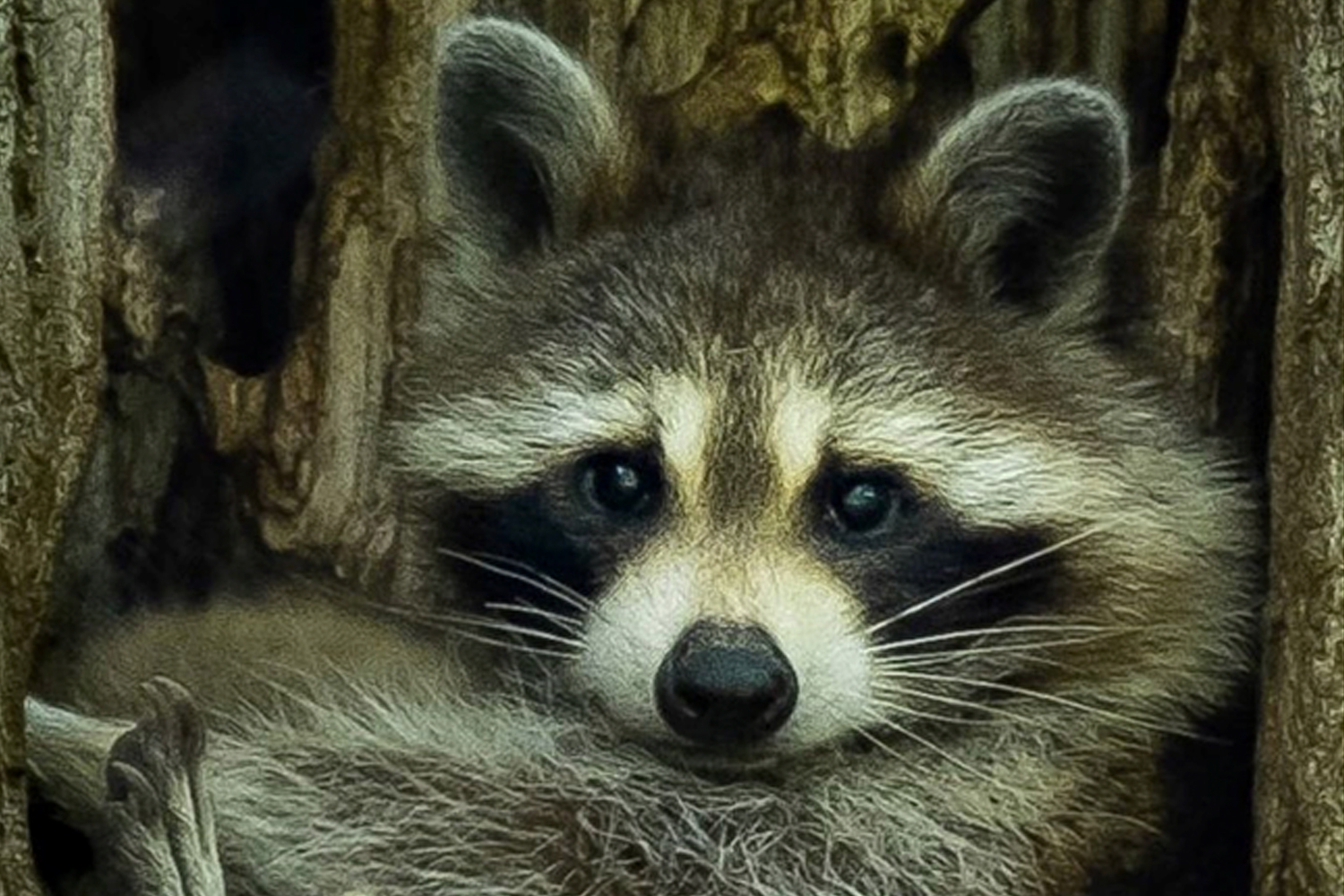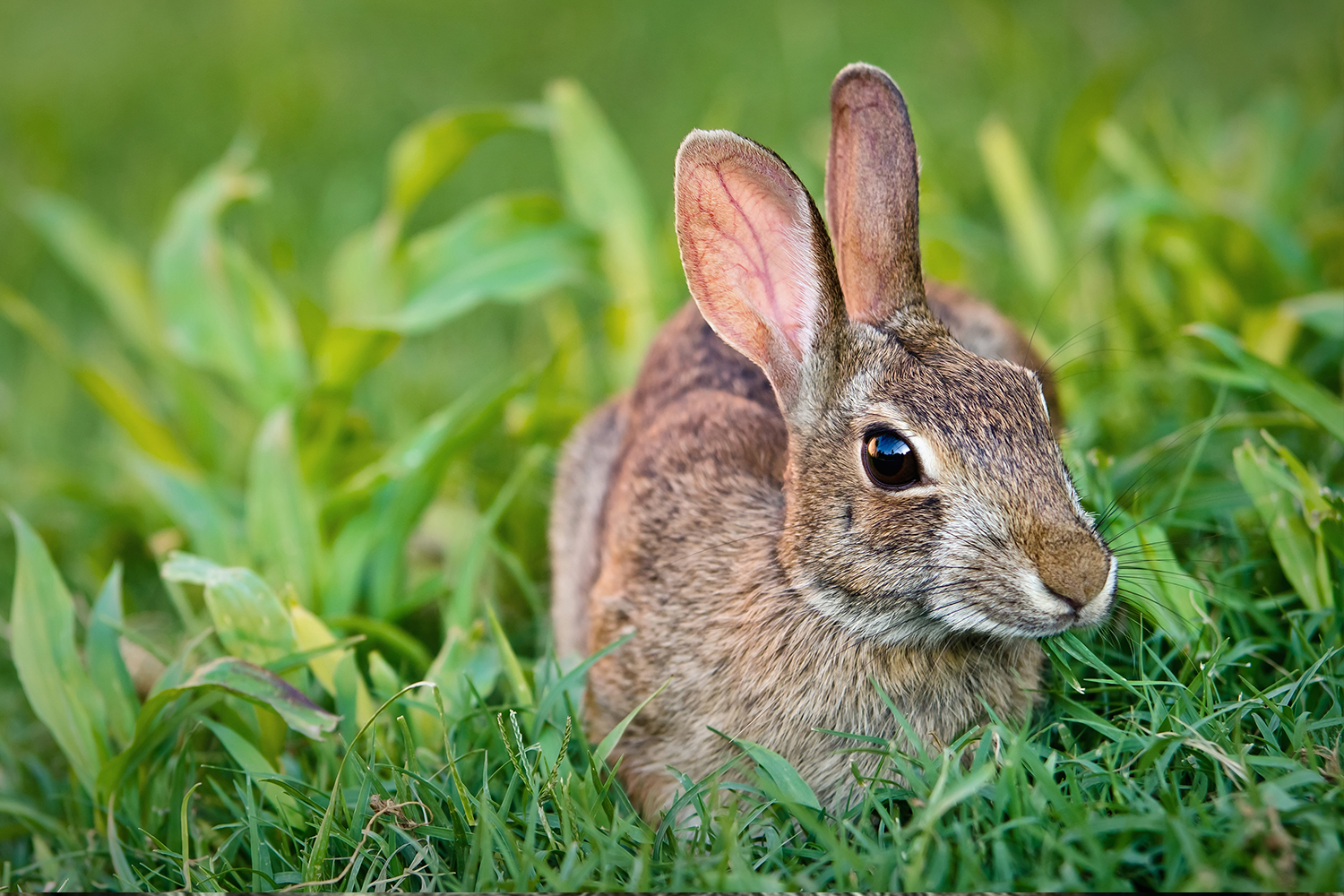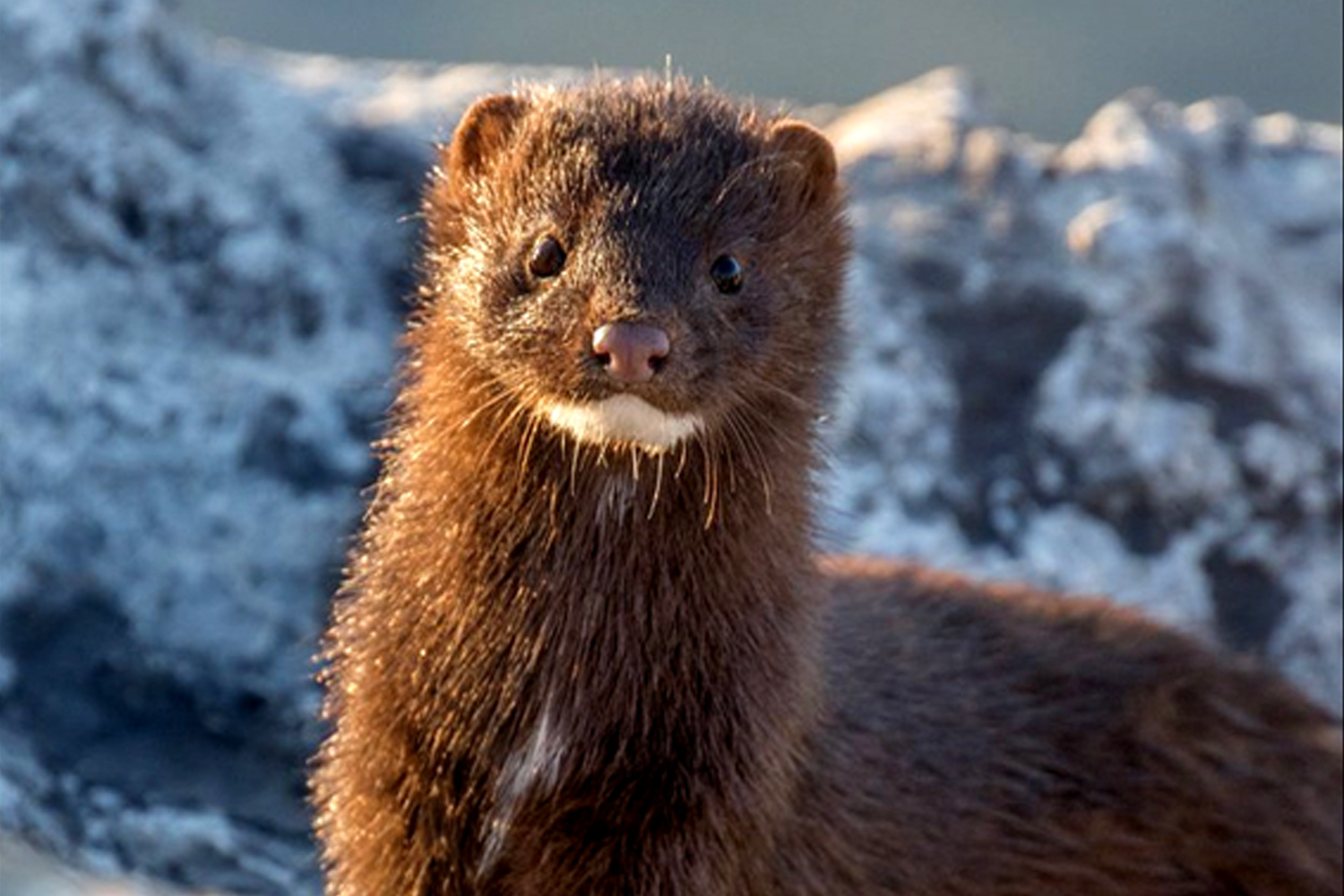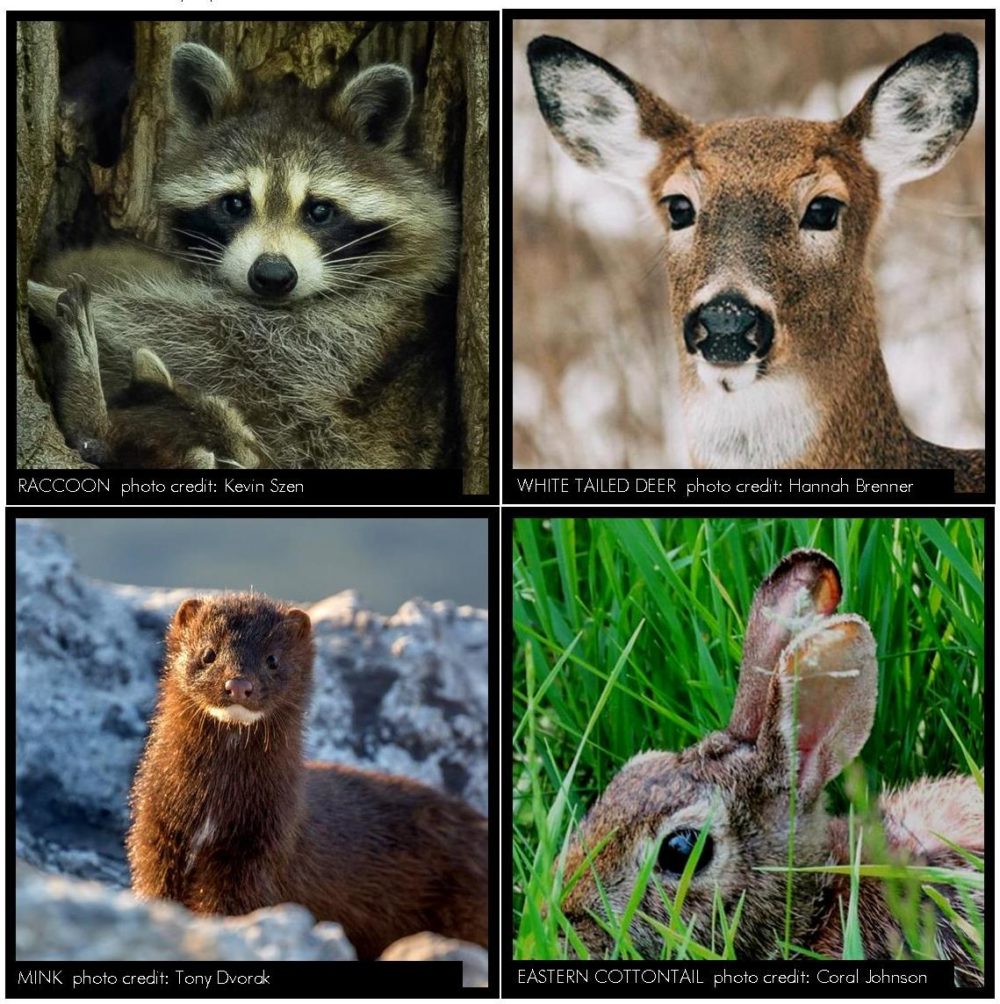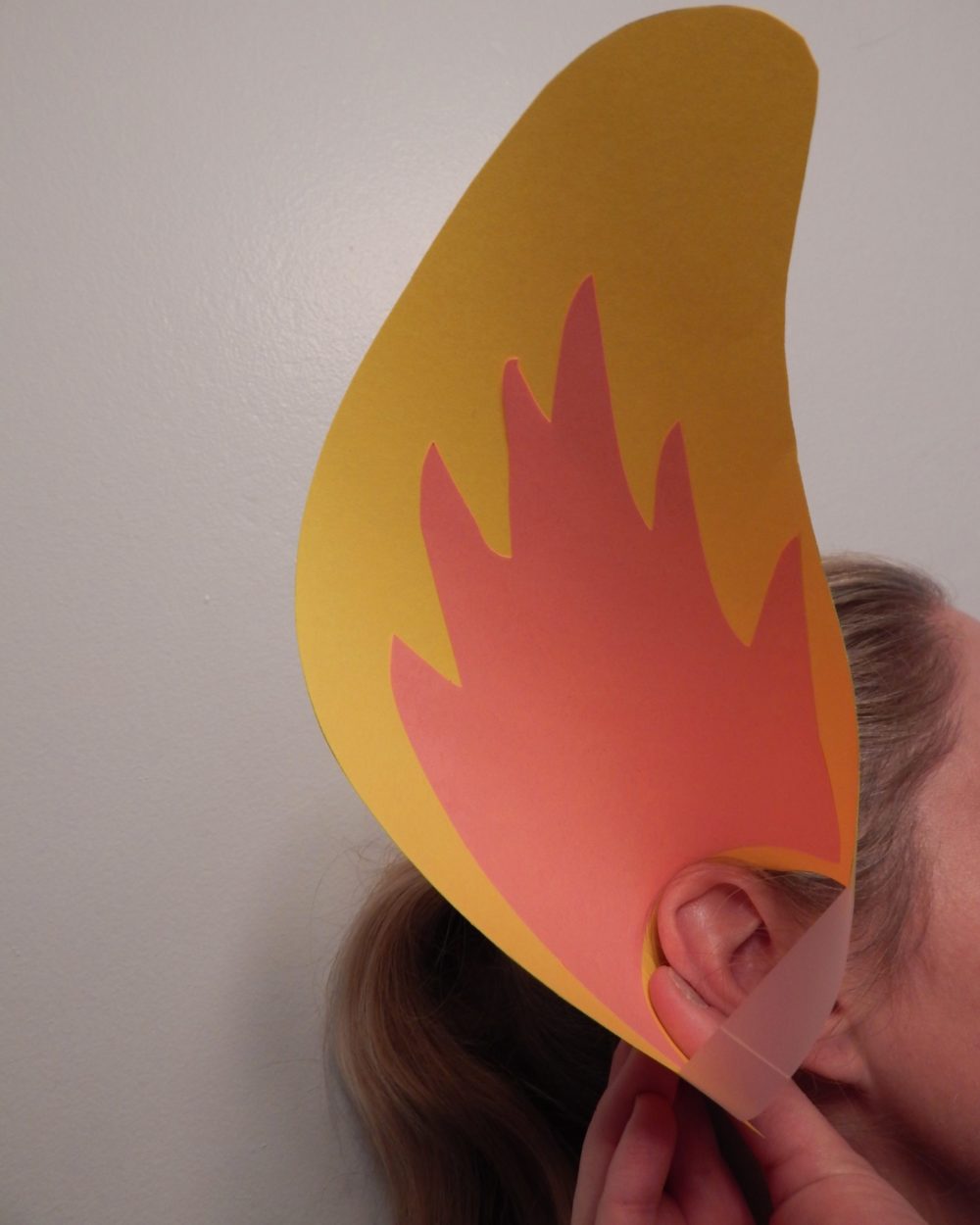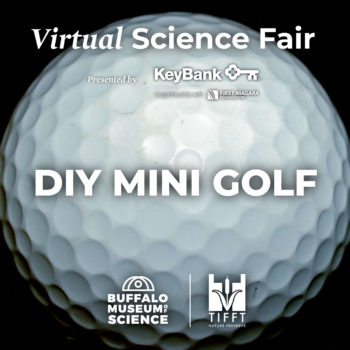All Ears!
Have science fun as a family! Complete activities with parental supervision.
Materials:
- Any paper- construction paper, printer paper, magazine pages, calendars pages
- Scissors
- Tape
- Pencil
- Optional: other materials such as plastic cups, paper cups, newspaper, foil, paper towel tubes, felt, fabric. Check your recycling bin!
Procedure
- Look at the photos of local WNY animals and make observations about their ears. You can also search online or look in books you have at home. The visible part of the ear is called the pinna (plural pinnae). What do you notice about the ears? Are animal ears the same or are there different shapes? Some ears are flat and wide, some are curved and tall, some are small and pointy, and some are very thick and furry. Why?
- Collect your engineering materials and sketch some ear design ideas on paper first. Use the ears that you looked at as inspiration.
- Make replicas of real animal pinnae and also invent new shapes of pinnae never before seen in the wild! You’ll be testing out your designs so be sure that they will fit around your own human ear, so you can test them during the experiment.
- Build the different sets of pinnae (a left and a right ear per set). HINT: Trace the first ear you create so you can make an exact match for the other side of your head. Optional: decorate your ears with crayon, markers, or anything you like!
- Which set of pinnae that you have created will help you hear the best? Why? Record your hypothesis (educated guess).
- Try on each pair of your “new” ears and test them out. Have one source of a sound (examples, music playing or someone speaking) and listen from the same distance away during each “hearing test”.
- Compare and record each pinnae design’s ability to collect and amplify sound. Is your hearing better, worse, or the same as your human hearing? Which
ears helped you to hear the best? Was your hypothesis correct? - Be sure to take a picture or video to share in the Facebook comments on the Buffalo Museum of Science or Tifft Nature Preserve pages!
What’s it all about?
Animal ears have an inner part and an outer (pinna) part. The inner parts of the ear are complex but the pinnae are quite simple. The pinnae act as a funnel to
collect and amplify sound and increase hearing abilities. Have you ever seen an animal move their pinnae? Can you move yours? Animals move their pinnae to help
them locate sounds around them, especially to warn them of danger.
Try It!
Try turning your back to the source of the sound. Now move the new ears you created around until you hear the sound the best. Does it help to be able to move these ears?
